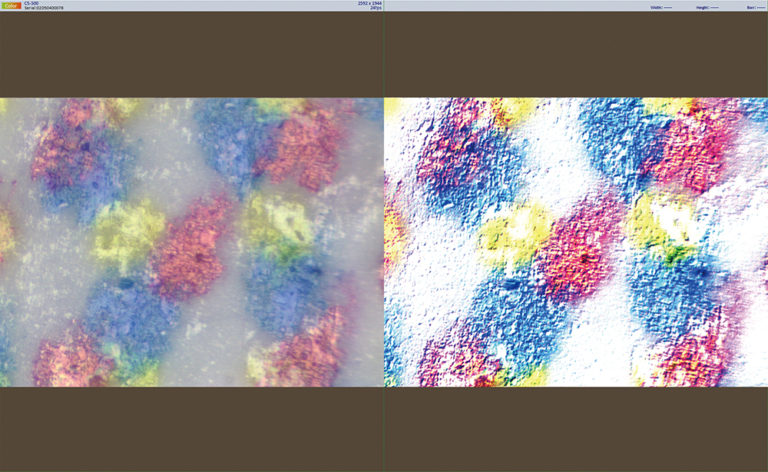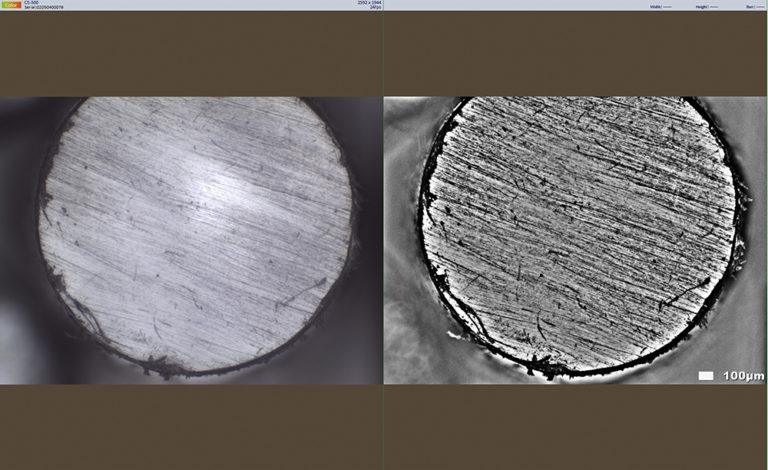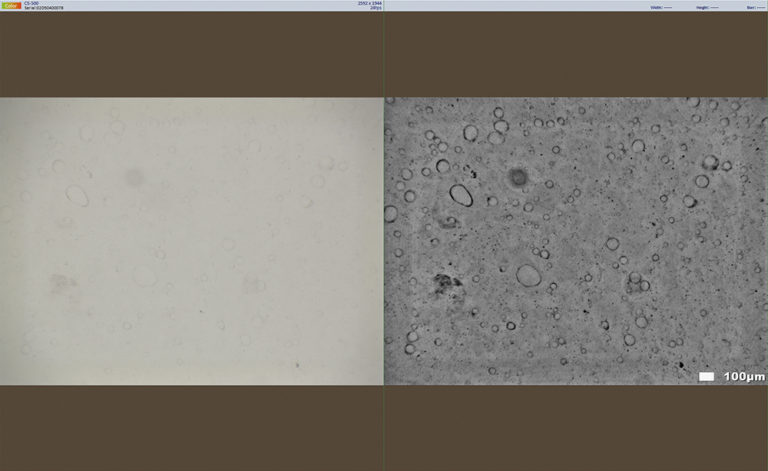● Issues with Automated Visual Inspection
In recent times, many users have incorporated automated visual inspection using image-based methods.
- Pixel-check type automated visual inspection,
- Pattern-check type automated visual inspection
- Automated visual inspection with AI embedded in the above types.
While there are various methods, some users encounter challenges where the automated visual inspection fails to detect and overlooks instances marked as “NG” (Not Good). Upon investigation, it is often found that the NG elements are not clearly visible in the inspection images.
● Necessity of Image Processing
In such cases, reconsideration and reconstruction of hardware elements such as:
- Camera resolution
- Camera performance
- Lens performance and magnification
- Illumination methods are often required. However, even after revising the hardware, successful detection can be challenging.
As mentioned earlier, the fundamental principle is that even humans, software, or AI cannot detect what is not visible. In fact, at this point, software and AI may be inferior to humans. In such instances, there arises a need for image processing as a preprocessing step.
Instead of directly streaming raw acquired images to the inspection software, it is preferable to apply image processing as a preprocessing step before streaming the processed images to the inspection software. While this may increase tact time (inspection time), it is an effective method when detection without preprocessing is challenging.
● Types of Image Processing
Image processing includes various techniques such as binarization, contrast correction, brightness correction, color correction, color limitation, smoothing, edge enhancement, contour enhancement, noise reduction, sharpening, and, in a broader sense, resizing, measurement, line generation, and more.
● How is Image Processing Performed?
Typically, static images are saved, and image processing is carried out using an image processing unit.
● Can Image Processing be Done in Live View (Real-Time)?
The answer is yes. If the microscope’s display software has image processing options in the view function, you can perform image processing in real-time during live view and then save the static image. However, such capabilities are often found in high-end microscopes, requiring a substantial investment.

Observe the printed characters

Observe the fiber end face

Observe cream particles



